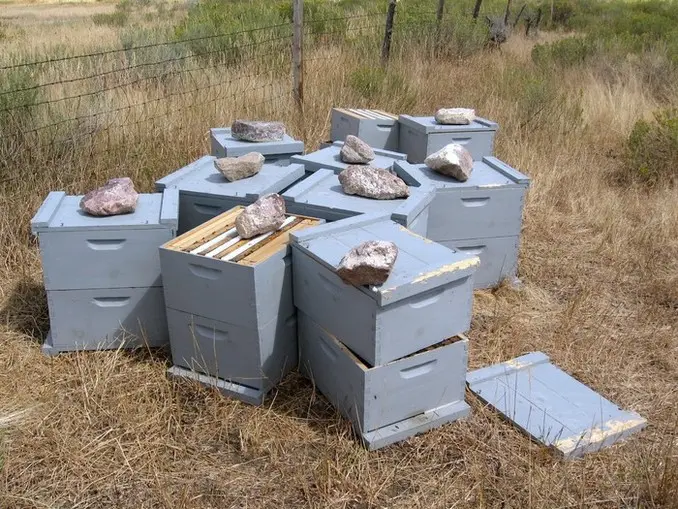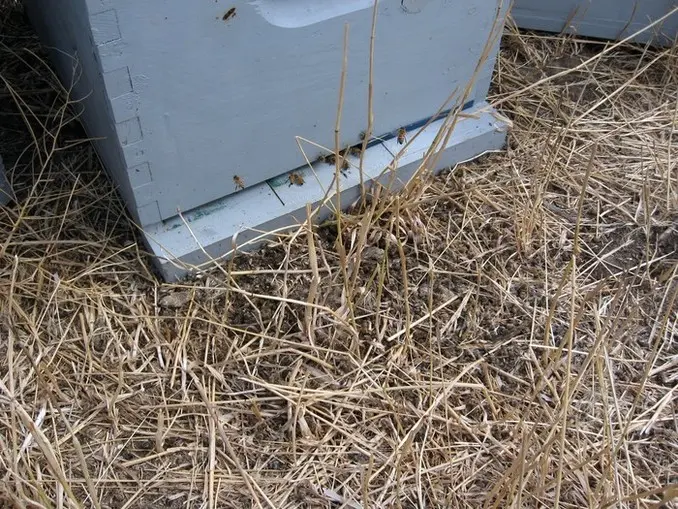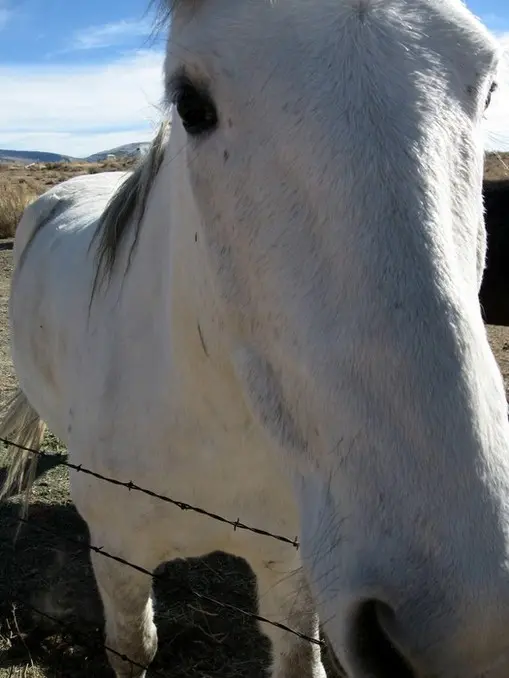Year 3 August - Aftermath 🖊️

-Oh my gosh! What happened here?
Well, let me show you the aftermath of the malathion in my beeyard.
First impressions:
- Bee flight is nearly nonexistent.
- No massive piles of dead bees.
- Oh, those darn horses!
Horses have never been an issue in my beeyards before, unlike cattle.
Bees

-Not many dead bees. Not many flying ones either.
Even with alfalfa in bloom, few bees are in the air. Hive inspections tell the story: most of the damage is to the foraging bees.
- Two hives are unscathed.
- Two hives lost their foragers but suffered minor bee loss at the hive.
- Three hives lost all foragers and suffered major bee loss at the hive but are still rearing brood.
- Three hives are goners—no foragers, few hive bees, and no brood rearing.
Horses

-HeEEeee is bored horse talk for bees, wood, paint, malathion. Good chewing. Good fun!
Brand new equipment now looks like a horse’s playground. They got into it, chewed it up, and knocked it about. In my 40 years with bees around horses, I’ve never encountered this horse problem.
This season, my usual mongrel bees were replaced with gentle bees from Zia and Koehnen. They’re a delight to work with, but there’s something to be said for running mongrels. A single encounter, and a horse rarely comes back for more.
Results
Not as dire as I feared, not as rosy as I hoped, and a bonus surprise thrown in. Out of ten hives, here are the results:
- Four hives have survived and can make it through the winter.
- Five have perished.
- Two hives need minor feeding to overwinter.
- Two hives need maximum feeding to overwinter.
- The yard needs fencing or the bees moved to survive.
-Cheers, D 🌸🐝
